It’s one of the most common money questions: How much should I have saved for emergencies?
The problem is that it’s a trick question.
The amount you put away in an emergency fund is a personal decision — something only you can decide because it should be based on your own financial situation and what makes you feel good.
“The best answer is ‘it depends,’” says Jose Hernadez, a financial educator who founded Financial University and honoree on NextAdvisor’s NextUp list.
While there’s no perfect answer, a little guidance can go a long way. We’ve asked dozens of experts about how much money people should save for emergencies over the last couple of years — with many sticking to the traditional advice: three to six months’ worth of expenses. With a potential recession and unemployment wave on the horizon, we began wondering how much they’re actually saving.
So, we asked eight of our favorite money experts about their own emergency funds — how much they have saved, where they keep their savings, and what they’re thinking about them these days.
While they each take a different approach, the takeaway is clear: an emergency fund can help get you through unexpected and difficult situations, so it needs to be big enough to cover your basic living expenses for a certain period of time. Some experts say you can get away with a few months’ expenses or less, but all would agree that saving something is better than nothing.
Saving money is hard, especially if you’re not making as much as you’d like. But experts we talk to suggest starting with just $1 a week. If you can bump that up to $5, $10, or more each week that’s even better. Even if you’re just starting to save, the good news is that high-yield savings accounts are now paying significantly higher interest rates than last year.
Take a peek at how these eight experts manage their emergency funds, and what they want you to know about saving.
Krystal Todd
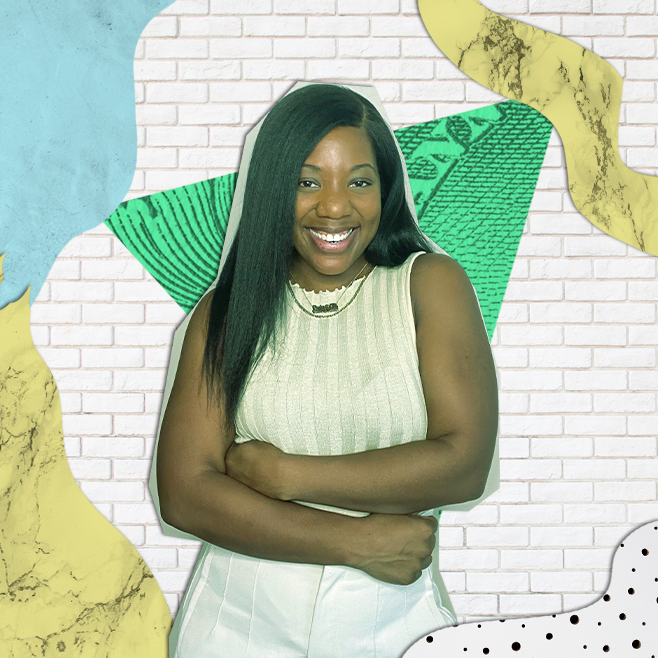
Krystal Todd is a CPA and popular personal finance figure on TikTok who isn’t afraid to tell you how it is when it comes to important money decisions. It’s partly why she won’t hesitate to tell you that your emergency fund should be in a separate account from your other savings. If you keep your emergency fund separate, you won’t be as tempted “to pull out of it for non-emergencies,” she says.
Emergency fund amount: 9 months’ worth of expenses.
Where she keeps her emergency fund: Todd’s emergency fund is split into three categories: 10% in Series I savings bonds, 10% in cash, and 80% in a high-yield savings account with Ally Bank. You can’t cash in an I bond for at least a year, so it only makes sense if you have money you can set aside and won’t need to access in the near future. “This enables me to earn a consistent return in the most risk-free assets, which will further grow my emergency fund, as well as have some cash on me in the event I can’t reach a bank but still have the emergency,” she says.
Rita Soledad Fernández Paulino
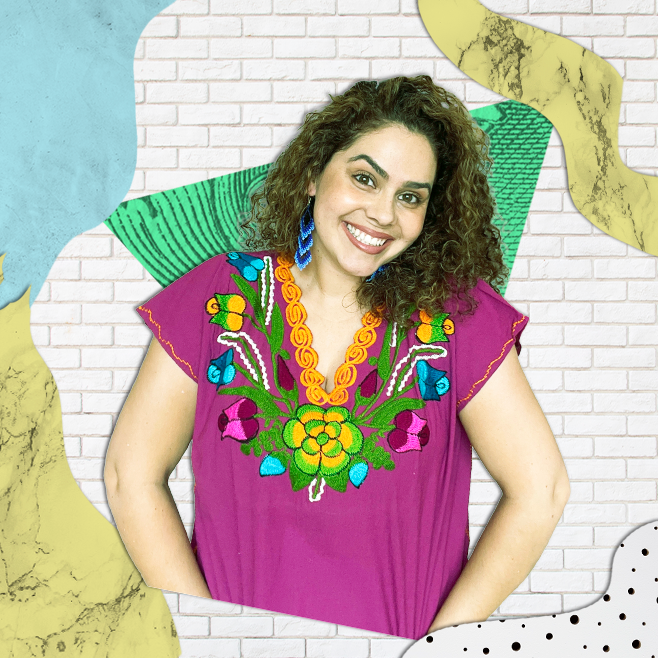
Life happens. Car accidents happen, loved ones get sick, appliances wear down, And sometimes employers lay people off. Rita Soledad Fernández Paulino, a public school math teacher turned money coach, experienced this firsthand when a health issue forced her into medical leave right before the COVID-19 pandemic. That’s why you should “save for these circumstances ahead of time in a high-yield savings account,” she says.
Emergency fund amount: $28,500, which covers three months of expenses for her family of four living in Los Angeles. Fernández Paulino has a second emergency fund for members of her family. She has $100 in it right now, but she’s building it back up to $5,000.
Where she keeps her emergency fund: She keeps her emergency fund in a high-yield savings account with Ally Bank because she loves its savings bucket feature. She also keeps her sinking funds there, which are funds that she intends to spend on particular expenses in the future. Her other emergency fund is in a savings account with a credit union near her home. “I keep the money there despite the low-interest rate because if needed, I can drive there and pull out the money unlike with Ally, which would require a one to three business-day transfer into my checking account,” she says.
Jose Hernandez
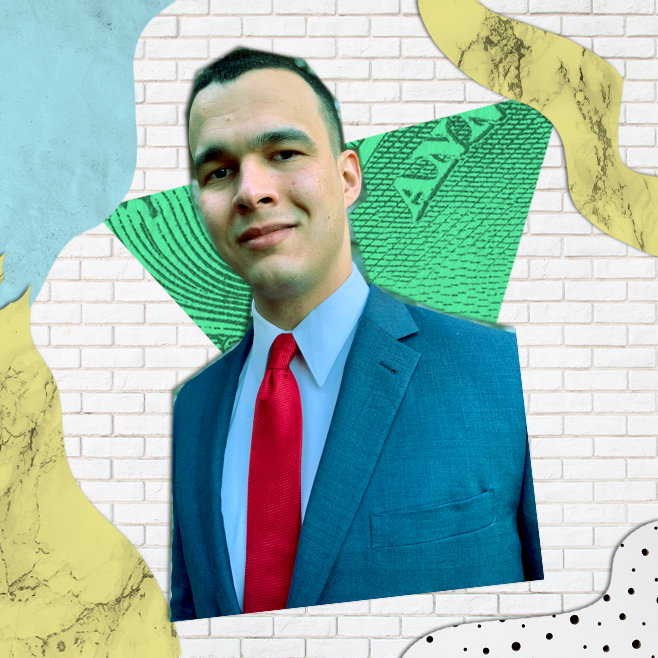
Jose Hernadez is a financial educator and founder of Financial University who believes access to cash should be an important part of everyone’s financial plan, no matter their net worth. The main thing is you don’t want to overdo it, according to Hernandez. “There is definitely such a thing as having ‘too much cash,” he says.
Emergency fund amount: About six months’ worth of expenses.
Where he keeps his emergency fund: He keeps his emergency savings in a high-yield savings account. “One of the benefits of interest rates going up is that we’re seeing the yields on high-yield savings accounts start to go up,” he says.
Daniella Flores
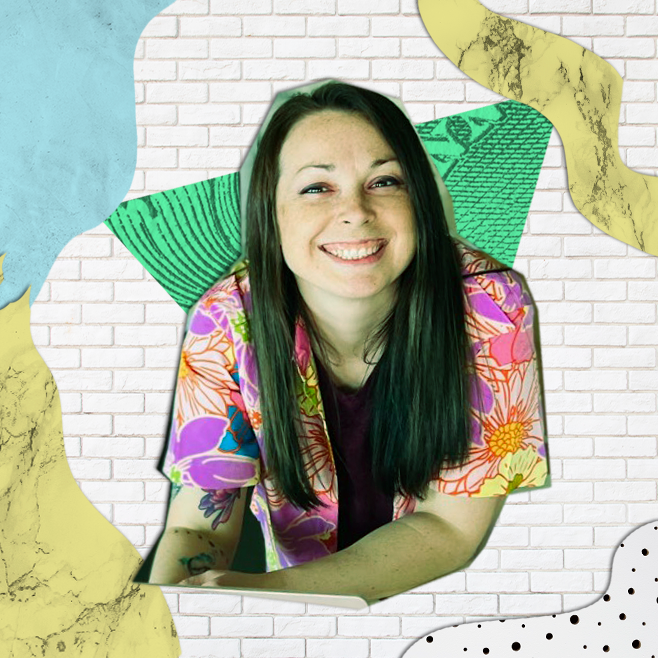
Daniella Flores, a side hustle expert and founder of I Like to Dabble, knows it can feel overwhelming if you’re trying to save up for a three- to six-month emergency fun because of how large that number seems. That’s why they recommend breaking it up into smaller goals. Aim to save your first $500, first $1,000, first $2,000, and so on – and put it in a high-yield savings account that you can easily withdraw from. They even recommend using visual or digital color-in trackers “to make it fun.”
Emergency fund amount: $40,000 in a personal emergency fund and $15,000 in a business emergency fund.
Where they keep their emergency fund: Flores keeps their emergency savings for both their personal and business in high-yield savings accounts at a credit union, so they “don’t lose even more money to inflation.” The percentage they earn back from their high-yield savings account doesn’t completely make up for rising inflation, but “it helps,” they say. They chose a credit union because they have little to no fees, reliable online customer service, and the bank’s profit sharing goes back to the customers instead of shareholders.
Julien and Kiersten Sanders
Many people underestimate how meaningful the achievement of funding an emergency fund is on your financial journey. But Julien and Kiersten Sanders, the married couple behind Rich & Regular, say you shouldn’t because “the moment you do it, there’s a huge sense of relief and comfort in knowing you can absorb much of what life throws at you.” Saving for an emergency is also a huge source of motivation you can tap into for achieving other, more difficult financial goals, they say.

Emergency fund amount: About two months of bare-bones expenses in a high-yield savings account and funds in a taxable brokerage account that they can tap into if needed. All in, they have about three months of expenses set aside for emergencies. “With the taxable brokerage, we accept the risk of knowing the value may fluctuate due to market conditions but given we haven’t had to use any of it in a decade, we’re comfortable with the trade-off,” they say.
Where they keep their emergency fund: The bulk of their emergency fund savings is in an account with One United Bank, the largest Black-owned bank in the U.S. While they recognize there are more competitive saving account products available, they’re mindful of the other factors that are important to them, such as social justice issues and knowing that their money primarily goes toward supporting Black-owned businesses.
Shang Saavedra
Shang Saavedra, the creator behind Save My Cents, has sharp advice when it comes to emergency funds: Prioritize it above all else, even if you have debt. She recommends saving at least one month of expenses if you’re struggling with high-interest debt, like credit cards, to you help break the cycle and stop living off of them. She also notices many people worrying about their emergency funds making a big return and wanting to “invest” it with a good bank. To that, she says: “Think bigger. This is not something to fuss over.” An emergency fund ultimately acts as a buffer for life, so “just pick a high-yield savings account that you like using and move on. It’s your retirement funds where you want to focus,” she says.

Emergency fund amount: One year’s worth of expenses for a few reasons: Saavedra and her husband work in high-income jobs where job searches can last longer than six months, and they can take advantage of work optionality if needed. “The one-year emergency fund would act as our first year’s living expenses while we convert from our investments,” she says.
Where she keeps her emergency fund: Saavedra has several emergency funds spread around several bank accounts. Instead of keeping her emergency fund in a high-yield savings account, she leverages regular checking accounts to take advantage of various bank bonuses. “This way, we still make interest, but in a different way than most people do with high-yield savings accounts,” she says. “Since our emergency fund is quite large (more than five figures), it allows us to qualify for some pretty sweet and large bank account opening bonuses.”
Jeremy Schneider
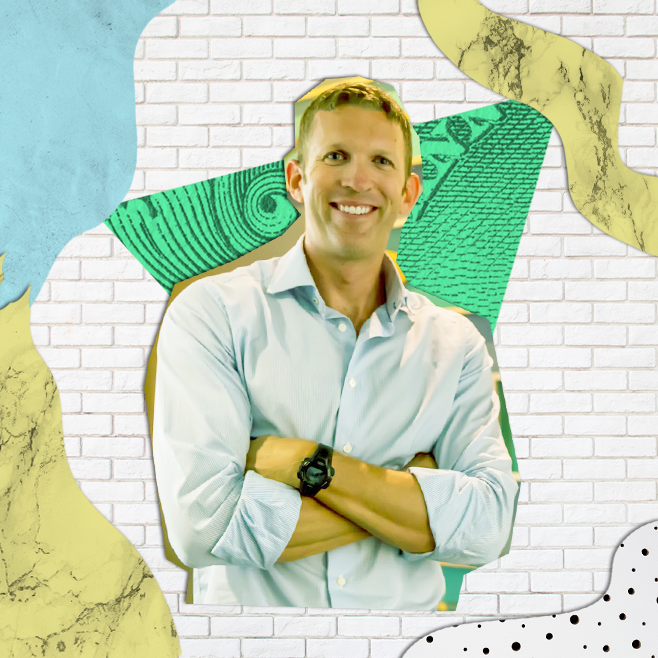
As a 36-year-old retired millionaire, Jeremy Schneider knows the value of a dollar. That’s why he recommends not spending too much time comparing high-yield savings accounts. Find a bank that fits your financial goals, and run with it. “It’s not gonna make you rich, so don’t invest it,” he says. Online banks and credit unions typically have higher rates than large brick-and-mortar institutions. You’ll also want to consider other important factors, such as minimum balances and fees that could cost you money over time.
Emergency fund amount: $10,000 to $20,000 in emergency savings and over $2 million in a non-retirement brokerage account that Schneider can tap into when he needs more money (emergency or otherwise).
Where he keeps his emergency fund: Schneider uses a Fidelity Cash Management account, which has benefits like worldwide free ATMs, check writing, and bill pay. “It generally pays a competitive interest rate, so I don’t have to worry about bouncing around between high-yield savings accounts,” he says.
